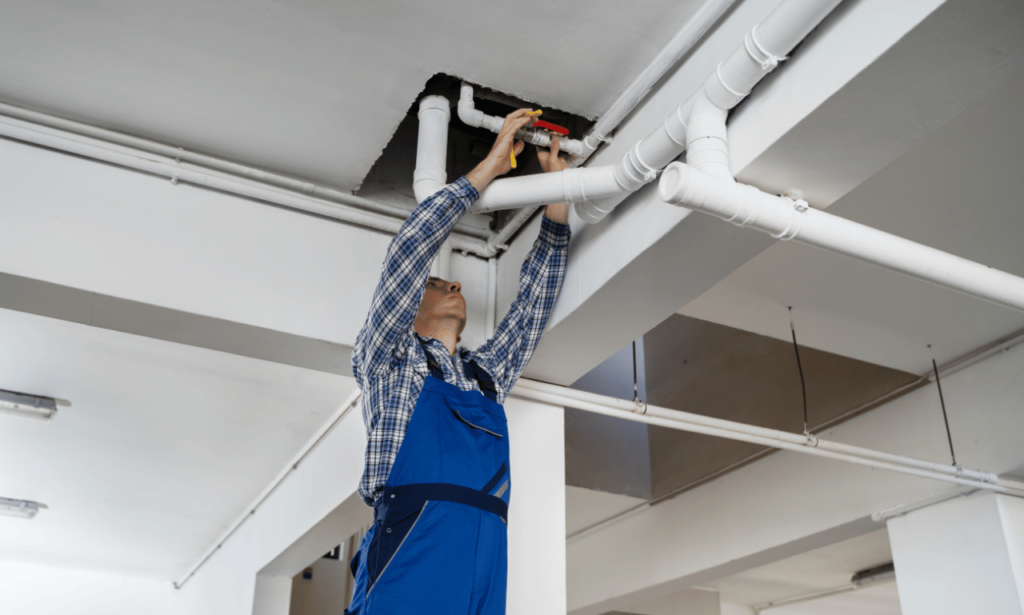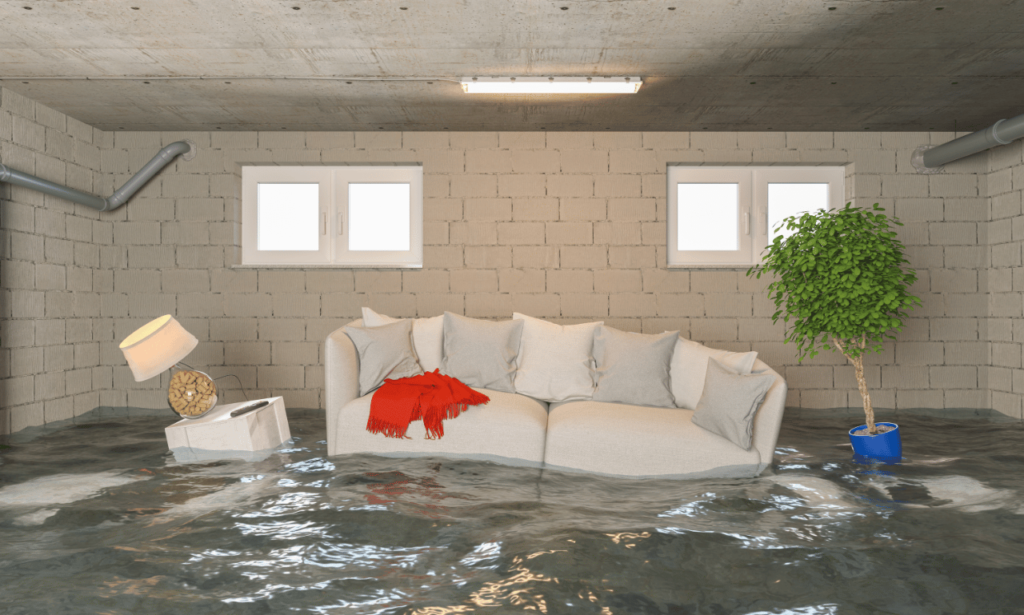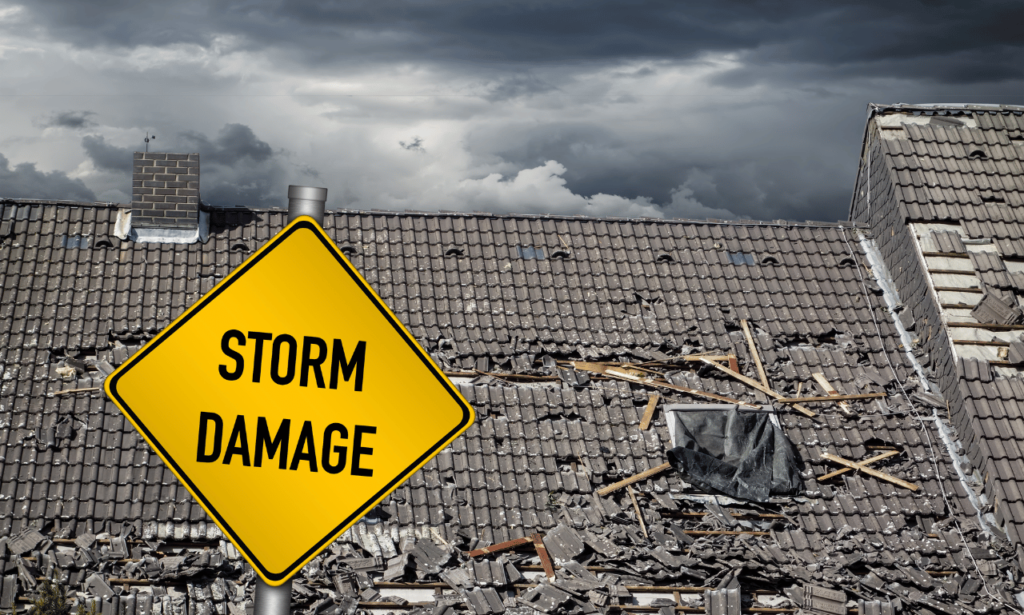Water damage is a significant concern for homeowners and businesses in Mesa, AZ, a city known for its hot, desert climate. Despite the arid conditions, water damage can occur due to various reasons, including plumbing issues, natural disasters, or even faulty appliances. Addressing water damage promptly and effectively is crucial to prevent further deterioration and health hazards. This article provides an in-depth exploration of water damage restoration in Mesa, AZ, covering the causes, processes, benefits, and local restoration services available.
Understanding Water Damage
Causes of Water Damage
Plumbing Failures: Burst pipes, leaky faucets, and broken water heaters are common sources of water damage. Aging infrastructure can exacerbate these issues, making regular maintenance crucial.
Natural Disasters: Flash floods, heavy rains, and monsoon storms, although less frequent, can lead to significant water intrusion in homes and businesses.
Appliance Malfunctions: Washing machines, dishwashers, and refrigerators can leak or overflow, causing water damage if not addressed quickly.
Roof Leaks: Damaged or improperly installed roofs can allow water to seep into the structure, leading to extensive damage over time.
Foundation Cracks: Cracks in the foundation of a building can permit water ingress, particularly during heavy rains or flooding.
Types of Water Damage
Clean Water Damage: Caused by water from a clean source, such as a broken pipe or rainwater. This type of damage is less severe and easier to manage if addressed promptly.
Gray Water Damage: Involves water from sources like dishwashers or washing machines. This water may contain contaminants and pose health risks if not treated properly.
Black Water Damage: The most severe type, originating from sewage backups or floodwaters. Black water contains harmful bacteria and pathogens, requiring professional remediation.

The Water Damage Restoration Process
Initial Assessment and Inspection
The first step in water damage restoration is a thorough assessment and inspection. Professionals use advanced tools like moisture meters and thermal imaging cameras to determine the extent of the damage. This assessment helps in formulating an effective restoration plan.
Water Removal and Extraction
Once the assessment is complete, the next step is water removal. High-powered pumps and vacuums are employed to extract standing water from the affected areas. Swift water extraction is critical to prevent mold growth and further structural damage.
Drying and Dehumidification
After removing the water, the affected areas must be thoroughly dried. Industrial-grade dehumidifiers and air movers are used to remove moisture from walls, floors, and furniture. This step is essential to inhibit mold growth and ensure the integrity of the structure.
Cleaning and Sanitizing
Cleaning and sanitizing are crucial, especially in cases of gray or black water damage. Professionals use specialized cleaning agents to disinfect and deodorize the affected areas. This process ensures that any harmful bacteria or pathogens are eliminated.
Restoration and Repairs
The final step involves restoring the property to its pre-damage condition. This may include minor repairs like drywall replacement or significant reconstruction work, depending on the extent of the damage. Restoration professionals work to ensure the property is safe, functional, and aesthetically pleasing.
Benefits of Professional Water Damage Restoration
Expertise and Equipment: Professionals have the knowledge and specialized equipment to handle water damage effectively, ensuring thorough remediation.
Preventing Mold Growth: Quick and effective water removal and drying prevent mold growth, which can cause health issues and further property damage.
Saving Time and Money: Timely intervention can save significant time and money by preventing extensive damage and reducing the need for major repairs.
Safety: Professional restoration ensures that all safety hazards, such as structural instability and contamination, are addressed.
Local Water Damage Restoration Services in Mesa, AZ
Top Water Damage Restoration Companies
SERVPRO of Mesa East: A trusted name in the industry, SERVPRO offers comprehensive water damage restoration services, including emergency response, water extraction, drying, and mold remediation.
PuroClean of Mesa: PuroClean provides rapid water removal, drying, and restoration services. Their certified technicians use state-of-the-art equipment to ensure effective remediation.
Rainbow International of Mesa: Known for their prompt response and professional services, Rainbow International handles all aspects of water damage restoration, from initial assessment to complete restoration.
Restoration 1 of Mesa: Specializing in water, fire, and mold damage restoration, Restoration 1 offers 24/7 emergency services and a team of experienced professionals.
Preventive Measures for Water Damage
Regular Maintenance
Plumbing Inspections: Regular inspections of plumbing systems can identify potential issues before they lead to significant water damage.
Roof Maintenance: Ensuring that the roof is in good condition and addressing any leaks or damage promptly can prevent water intrusion.
Appliance Checks: Periodically checking and maintaining appliances that use water can help avoid malfunctions and leaks.
Foundation Inspections: Regularly inspecting the foundation for cracks and sealing them can prevent water ingress.
Emergency Preparedness
Installing Sump Pumps: In areas prone to flooding, sump pumps can help remove excess water and prevent basement flooding.
Flood Barriers and Seals: Installing flood barriers and seals around doors and windows can prevent water from entering the property during heavy rains.
Proper Drainage Systems: Ensuring that the property has proper drainage systems, including gutters and downspouts, can direct water away from the building.

The Role of Insurance in Water Damage Restoration
Understanding Your Policy
Coverage Types: It’s essential to understand what types of water damage are covered by your insurance policy. Typically, sudden and accidental damage is covered, while gradual damage might not be.
Filing a Claim: Documenting the damage thoroughly and promptly filing a claim with your insurance company can expedite the restoration process.
Working with Adjusters: Cooperating with insurance adjusters and providing all necessary information can help ensure a fair settlement.
Conclusion
Water damage restoration in Mesa, AZ, is a critical process for maintaining the integrity and safety of properties. Understanding the causes, types, and processes involved in water damage restoration can help homeowners and businesses take proactive measures to prevent and address water damage effectively. By relying on professional services and implementing preventive measures, the risks and impacts of water damage can be significantly minimized.

